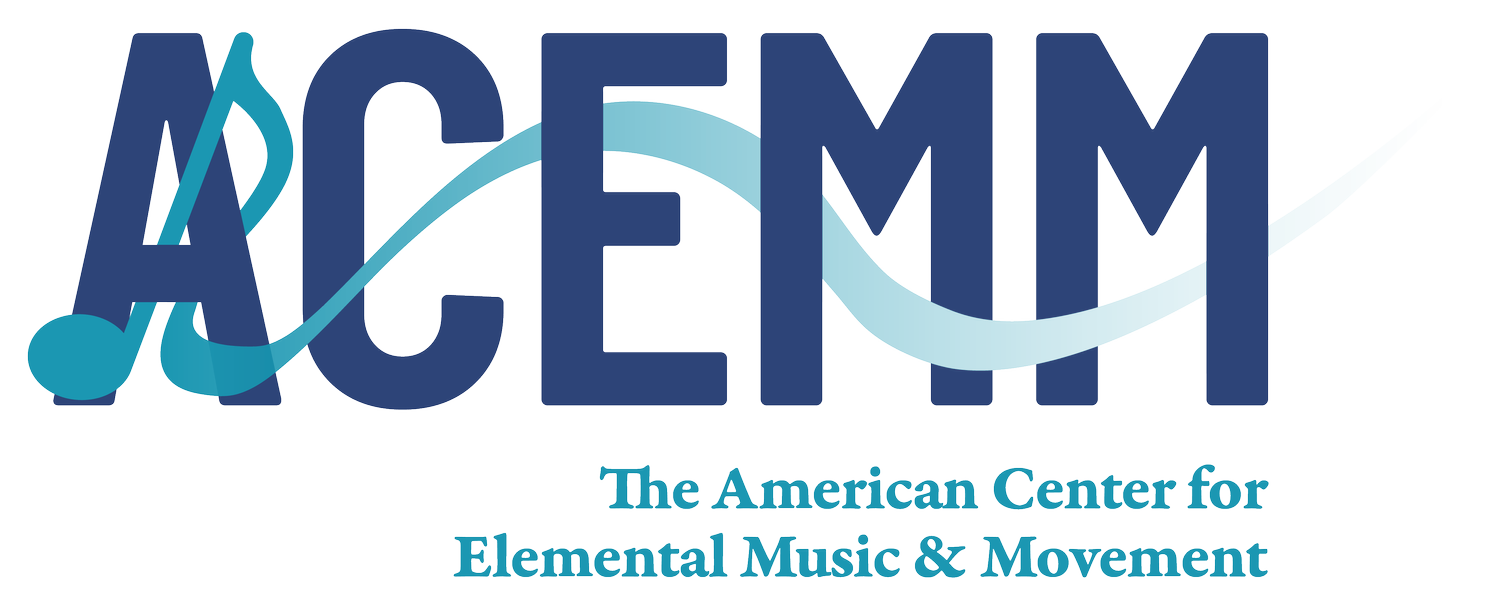Peter and the What If?
Elemental Explorations with “Peter and the Wolf” - by Kate Bright
Sergei Prokofiev’s Peter and the Wolf is one of the mainstays of music education. Since its composition in 1936, it has been used to teach the instruments of the orchestra to students around the world. My question is this: how can music educators transform a traditionally passive listening experience into an active elemental experience? Let’s start with movement!
To set the stage for Peter and the Wolf, I first let students explore each of the main themes with movement. (This website is a useful resource as a place to find each theme without having to correctly click on a YouTube video link.) As a class, we create a list of movement qualities for each character. I use student-generated vocabulary as well as ACEMM’s movement cards. This is a great opportunity to discuss timbre and how the expressive elements of each theme affect our movement words. Then we pass out character cards and listen to a performance of the folk tale with students creating movements for each character. (Note: we do have a class discussion about the hunters and what motions are appropriate for school. In my classroom, the hunters utilize nets instead of firearms for the purposes of our storytelling.)
In the next class, we discuss why Sergei Prokofiev chose each particular timbre for each character. To facilitate this discussion, I created “Peter and the “What if…?” This is a website where students can choose different timbres for each character. After the students have reassigned the instruments, we explore how the different timbres affect our movements and interpretations of the characters.
Lastly, I have students create their own stories utilizing classroom percussion. With this worksheet, students create a short story about a character meeting two different characters and then returning home to their grown-up. Students can use classroom percussion to create a soundscape for each character or they can create a brief melody or rhythm - whatever your curricular goals are at the time. Finally, students can put on a performance of their piece of music for their peers, classroom teacher, or school community.


